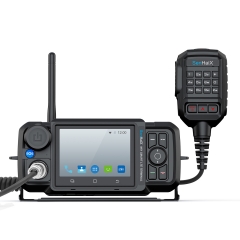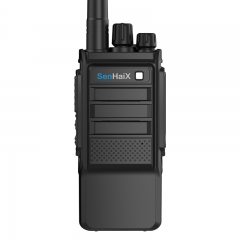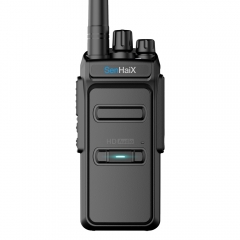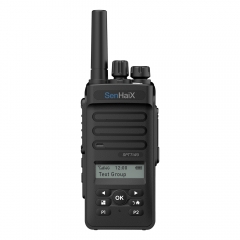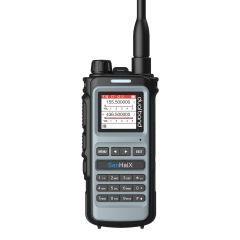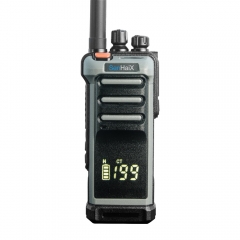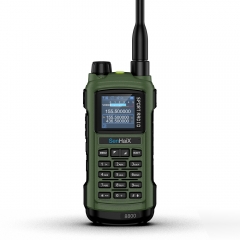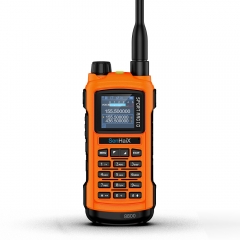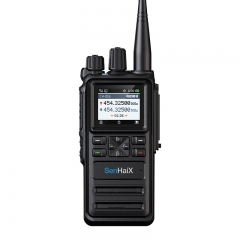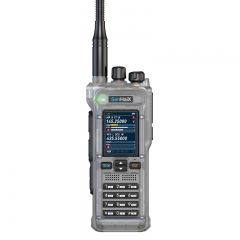In the world of live music, concerts are iconic events that bring together artists and fans to create unforgettable moments. Behind the scenes, there is a complex network of individuals working tirelessly to ensure the smooth execution of each performance. Among the essential tools that facilitate seamless communication and coordination in the concert setting, two-way radios play a pivotal role. Let's explore how these devices enhance operational efficiency and contribute to the success of a concert.
At a concert, there are various teams and departments working together, including stage crew, security personnel, event organizers, production staff, and more. Two-way radios enable instant, real-time communication between these teams, allowing them to stay connected regardless of their location within the venue. Whether it's coordinating stage setup, managing crowd control, or addressing any unexpected issues that may arise, two-way radios provide the necessary means to communicate instantly and make time-sensitive decisions efficiently.
Concerts involve numerous moving parts, from lighting and sound technicians to stage managers and security personnel. Two-way radios enable seamless coordination between these teams, ensuring synchronized efforts and smooth transitions between different parts of the show. For example, stage managers can use radios to communicate cues and timing instructions to the lighting and sound teams, ensuring that the production runs seamlessly. Security personnel can swiftly address any concerns or incidents by instantly alerting team members and coordinating appropriate responses, maximizing safety and crowd management.
The safety and well-being of concertgoers is of utmost importance, and two-way radios play a critical role in rapid emergency response. In case of an unforeseen incident, such as a medical emergency or security breach, staff members equipped with two-way radios can immediately communicate the situation to relevant personnel, enabling a swift response. This real-time communication allows for timely coordination of first aid, evacuation procedures, and communication with external emergency services if needed. The ability to quickly relay critical information through two-way radios can save precious time and potentially lives.
Behind the scenes of a concert, there are numerous logistical operations that need seamless communication. These include transportation, load-in and load-out of equipment, vendor coordination, and more. Two-way radios provide a reliable means of communication throughout these operations, ensuring efficient execution and minimizing delays. For example, production crew members can communicate loading instructions to transport teams, ensuring smooth coordination and optimal use of time and resources.
Concert venues can be bustling environments, and staff safety is paramount. Two-way radios help promote a safe working environment for crew members by enabling them to quickly report any safety hazards or potential security risks. For instance, if a crew member notices a tripping hazard or a suspicious individual, they can use the two-way radio to immediately inform security personnel, who can respond promptly and appropriately. This proactive approach to safety enhances the overall security and well-being of everyone involved in the concert.
Two-way radios serve as the lifeline in the fast-paced and dynamic world of concert production. From facilitating real-time communication and seamless coordination among various teams to enhancing emergency response and ensuring the overall safety of staff and attendees, these devices play a vital role in the success of concerts. As the music industry continues to evolve, two-way radios will undoubtedly remain an integral tool, helping to orchestrate unforgettable experiences for both artists and fans alike.


















